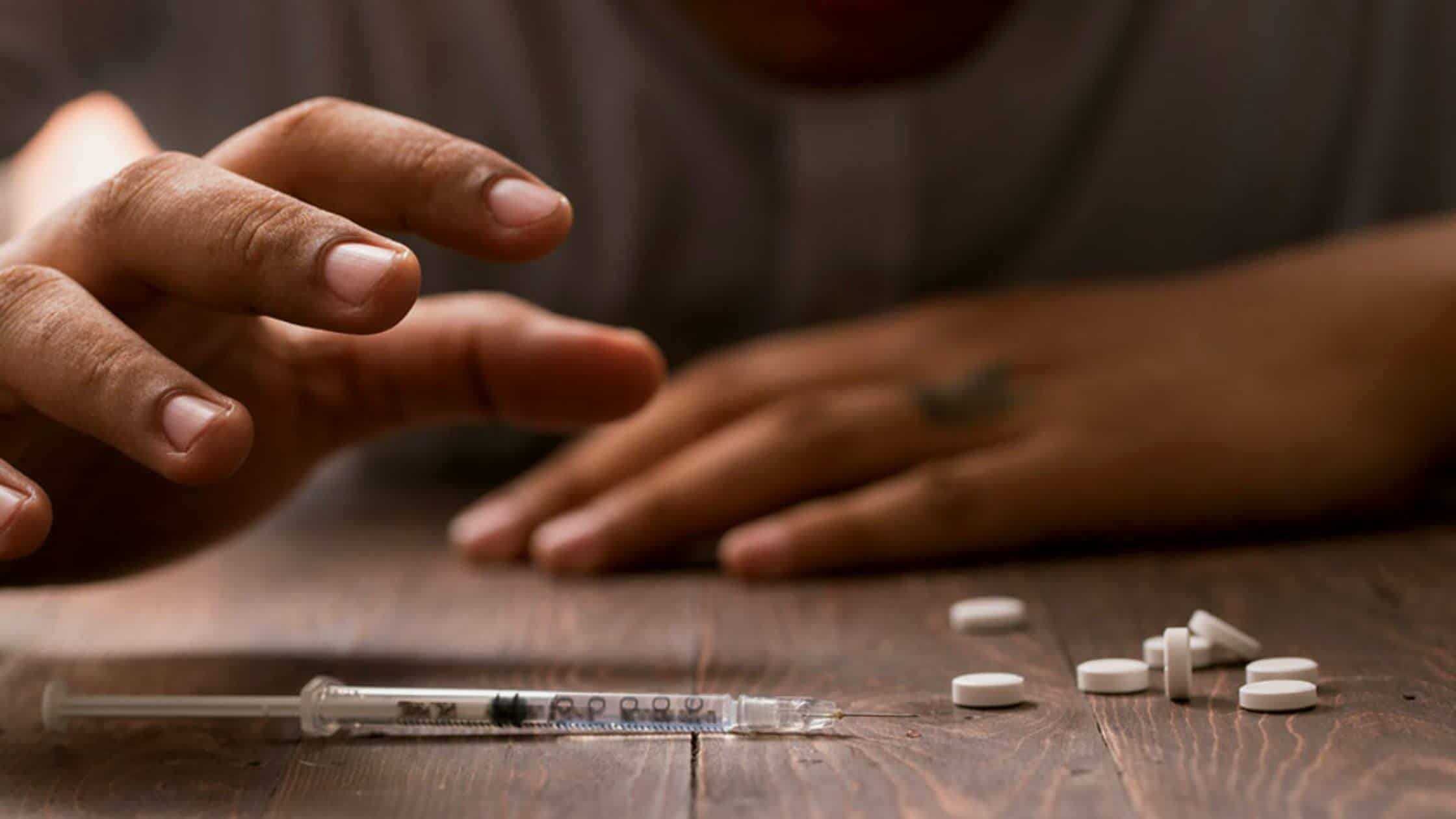The Opioid Epidemic: Is Harm Reduction The Solution?
Nikki Attkisson | Last Updated : September 22, 2022In the last 20 years, opioid addiction has become an epidemic of public health proportions. According to the Centers for Disease Control and Prevention (CDC), 91 Americans die every day from opioid overdoses, with around 2 million suffering from substance abuse disorders related to prescription pain relievers, and 591,000 addicted to heroin.
But could harm reduction be the answer? Could methods like needle exchanges and prescription drug monitoring be key in addressing this problem?
What Is Harm Reduction And Why Is It Important?
Harm reduction is an approach to minimizing the harm that people might do to themselves when using drugs. It’s not a program or a treatment, but rather a set of policies and practices designed to reduce the negative consequences associated with drug use.

Harm reduction relies on three core principles: concern for health, respect for human rights, and self-determination. These are often used by those who are addicted to drugs, in order to stop their addiction from taking over their lives.
Why Do We Need Effective Policies To Address The Opioid Epidemic?
We need effective policies to address the opioid epidemic because drug addiction is an illness and not a moral failing. This means that people with addiction should be treated as individuals, not criminals.
We also need to acknowledge that too many people are living in conditions conducive to developing an addiction. Too many people are living in poverty, struggling with mental health issues, or struggling with trauma from war zones or other places of violence. These things must be addressed before we can help those who have been caught up in addiction.
More From Powdersville Post:
🔵Expect Opioid Overdose Wave To Hit Rural And Urban Areas In The U.S
🔵Overdoses Of Opioids Have Increased; The United States
How Did We Get Here
More than 115 people die each day from opioid overdose in America. This is an increase from past years, likely due to increased use of heroin and fentanyl. Heroin use has increased by 60% in the last decade, with fentanyl being up to 100 times more potent than morphine.
The U.S. is currently experiencing a drug overdose epidemic and drug overdoses are now the leading cause of accidental death for Americans under 50 years old. In 2016, about 20 million people misused prescription pain relievers for non-medical reasons.
From 1999-2014 there was a 300 percent increase in emergency room visits related to misuse or abuse of opioids.
The Importance Of Addressing Stigma As A Barrier To Comprehensive Policy Reform.
Stigma is a significant barrier to policy reform in regard to treating addiction and reforming criminal sentencing for drug-related offenses. When people are surrounded by stigma, their behaviors change and they are more likely to do things that might be harmful.
For example, when an individual who is struggling with addiction feels ashamed of his or her behavior, he or she may engage in high-risk behavior like injecting drugs with dirty needles or using drugs alone.
Stigma from addiction has made it hard for those who suffer from substance use disorders to get the help they need. As a result, individuals are less likely to receive care and subsequently have reduced chances of attaining recovery.
Stigma also makes it harder for individuals who are already in recovery from addiction to engage in healthy behaviors like keeping up their medical appointments and maintaining a sober lifestyle.
Since criminal justice reform is often discussed at length in relation to addressing opioid abuse, it is worth discussing how stigma can be a barrier within that system as well.
A Vision For Successful Policy Solutions
- The war on drugs has failed to curb drug use and abuse in this country.
- We need a new approach that makes substances more difficult to get, but also offers resources for those who want to quit.
- A harm reduction approach would provide clean needles, access to opioid substitutes like methadone, and other programs that help people stay safe while they are using drugs.
- It’s not just about creating a safer environment for people who use drugs, but also about limiting harm to our communities.
References:
🔵National Library Of Medicine (n.d) Harm reduction: An approach to reducing risky health behaviours in adolescents (Available On):https://www.ncbi.nlm.nih.gov/pmc/articles/PMC2528824/
🔵WebMD (2005-2022) What Saves Lives in People Addicted to Opioids (Available On):https://www.webmd.com/mental-health/addiction/features/opioid-addiction-harm-reduction
With over 15 years as a practicing journalist, Nikki Attkisson found herself at Powdersville Post now after working at several other publications. She is an award-winning journalist with an entrepreneurial spirit and worked as a journalist covering technology, innovation, environmental issues, politics, health etc. Nikki Attkisson has also worked on product development, content strategy, and editorial management for numerous media companies. She began her career at local news stations and worked as a reporter in national newspapers.
